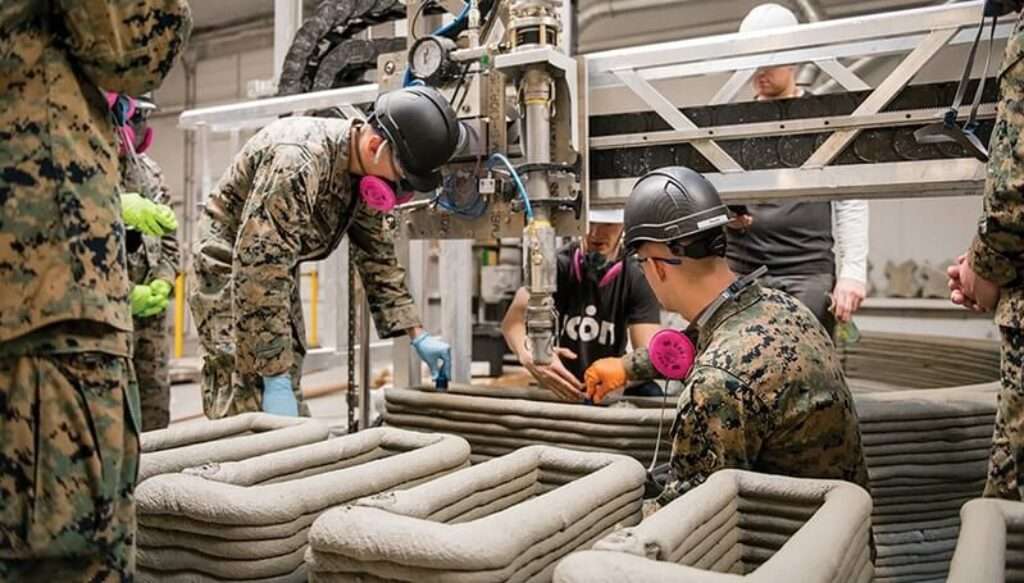In a groundbreaking stride toward improving battlefield medicine, the United States Army is developing innovative 3D-printed skin technology aimed at enhancing the treatment of soldiers suffering from severe wounds and burns. This pioneering initiative seeks to leverage cutting-edge bioprinting methods to create custom skin grafts that could dramatically accelerate healing, reduce complications, and improve the quality of life for injured military personnel.
US Army’s research focuses on utilizing advanced 3D bioprinting technology to produce synthetic skin that closely mimics natural human tissue. Traditional skin grafts, often limited by donor availability and risk of rejection, pose significant challenges in trauma care. By contrast, 3D-printed skin promises a tailored solution, enabling rapid production of grafts specifically designed for individual patients.
Leading the charge, the Army’s Combat Capabilities Development Command (CCDC) is collaborating with biomedical engineers, material scientists, and regenerative medicine experts to perfect the biofabrication process. Their approach involves layering living skin cells onto biocompatible scaffolds through precise 3D printing, ensuring the grafts integrate seamlessly with the patient’s existing tissue.
This technology aims not only to expedite wound closure but also to minimize infection risks and reduce scarring, common complications in traditional treatments. Moreover, 3D-printed skin could provide enhanced durability and elasticity, essential for soldiers who must quickly recover and return to active duty.
Recent laboratory tests have demonstrated promising results, with printed skin showing high viability and encouraging rates of cell growth and regeneration. The Army plans to conduct clinical trials to further validate safety and efficacy before integrating the technology into frontline medical care.
Beyond military applications, experts anticipate that this advancement could revolutionize civilian burn care and trauma treatment worldwide, highlighting the dual-use potential of defense research.
Conclusion:
The US Army’s pursuit of 3D-printed skin technology marks a significant leap forward in medical innovation, promising improved outcomes for wounded soldiers through faster healing and fewer complications. As this research progresses toward clinical implementation, it holds the potential to transform trauma care both on and off the battlefield, exemplifying how technological advancements in defense can have far-reaching humanitarian impacts.



